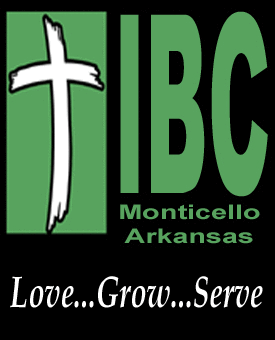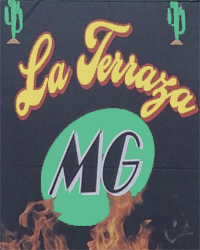Museum Report – Easter Traditions Around The World
March 24th, 2016 by Sheilla LampkinSince this Sunday, March 27, is the day we celebrate Easter this year, I thought I’d share some more unknown traditions of the holiday around the world. Easter, which celebrates Jesus Christ’s life, death and resurrection, is one of the two most important holidays in Christianity today. It has been called a move able feast because it doesn’t fall on a set date every year, as most holidays do. Instead, Christian churches in the West celebrate Easter on the first Sunday following the full moon after the vernal equinox on March 21.
Therefore, Easter is observed anywhere between March 22 and April 25 every year. Orthodox Christians use the Julian calendar to calculate when Easter will occur and typically celebrate the holiday a week or two after the Western churches, which follow the Gregorian calendar.
In addition to Easter’s religious significance, it also has a decided commercial side, as evidenced by the mounds of jelly beans and marshmallow chicks that appear in stores each spring. As with Christmas, over the centuries various folk customs and pagan traditions, including Easter eggs, bunnies, baskets and candy, have become a standard part of this holy holiday.
Nevertheless, Sunday, March 27, 2016, will be celebrated as Easter around the world. While many nations and peoples celebrate this most significant religious holiday just as we do in America, some have other interesting and unusual traditions. Briefly we will make these the subject of this special Easter column.
For example, in middle Europe (particularly the Czech Republic and Slovakia) the people have several unique Easter traditions. One features the males of a family spanking females with a homemade whip decorated with ribbons. The spanking is lighthearted and is believed to bring good health over the next year. The men also dump cold water on the ladies in some areas. In other areas the men pay visits to “objects of their affection” on Easter.
In the United Kingdom, observers participate by rolling eggs downhill and in some areas by performing the Pace Egg play, a traditional local event. In Scandinavian countries like Norway, celebrators ski and relax at cabins in the mountains. Some areas may features children in costumes going door to door for candy or flowers. Many Nordic countries include salmon or another type of fish within the holiday feast.
In Australia, the Easter Bilby delivers eggs rather than the Easter Bunny, as bunnies are viewed as an agricultural pest. The city of Haux, France, make an omelet big enough to feed 1000. The dish is often described as having a 10 foot diameter (like the Paul Bunyon pancake?).
Easter is an important holiday in Greece, where on the island of Corfu, residents toss pots of water out of windows, following the Venetian tradition of breaking pots in celebration. They also bake cakes in the shape of doves, called kolompines. Guyana flies homemade kites in a tradition often observed by citizens of all religions.
In pagan celebrations, Easter was typically a celebration of fertility, and many cultures associated the celebration with the Germanic goddess of fertility, Eostre, which is where the holiday’s name came from. Some cultures called the holiday Ishtar, which celebrates the resurrection of the Tammuz, another pagan god. The Easter Bunny is a result of folkloric tradition. Their association with the holiday comes from their ability to procreate, making them symbols of fertility. German settlers brought the Easter Bunny tradition to America in the 1700s.
There! Now you have a few more traditions of a most favorite holiday – Easter. Have a happy holiday!
Choose another article
Newer article: Railroad Rolling, Again, After Track Repairs
Older article: “Western Pines Dip” Meadowview Dr. Open to Traffic



























































